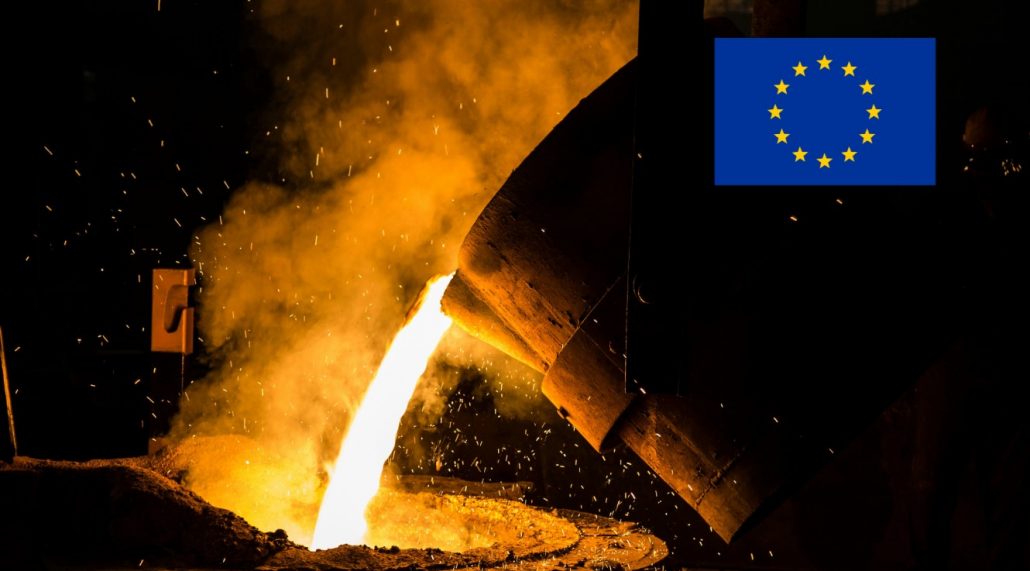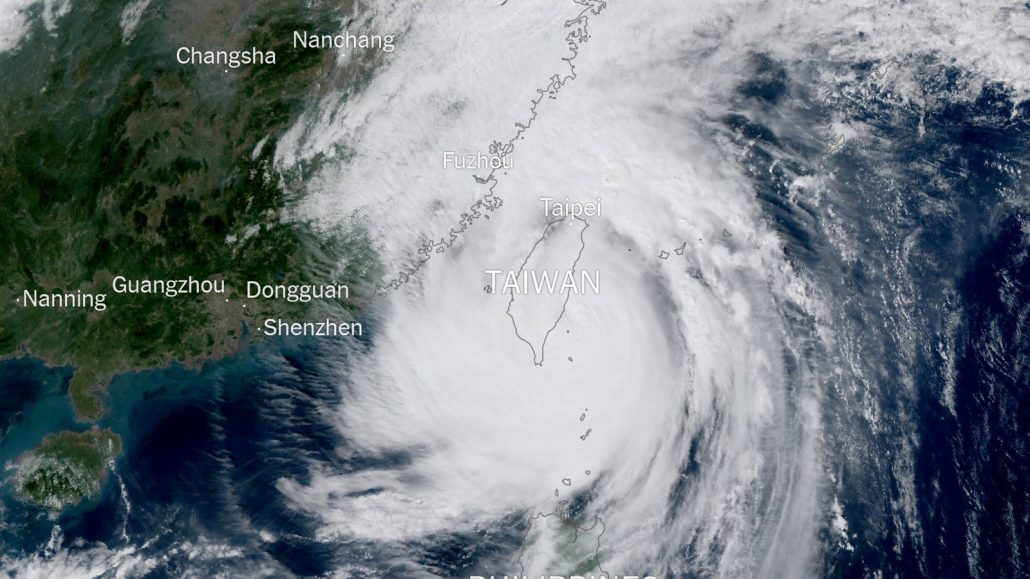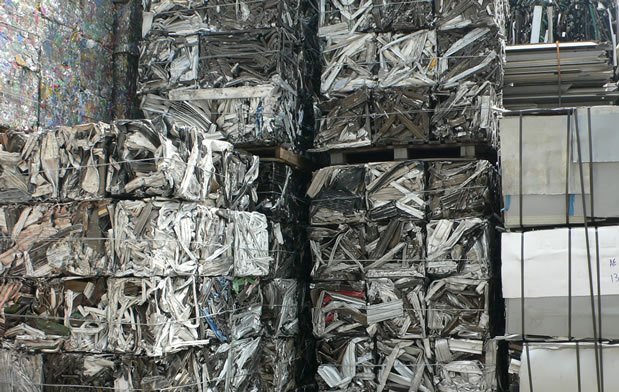
The European Commission is reviewing its steel safeguard measures. This is in response to global overcapacity and weak market conditions. The potential move may involve stricter limits on steel imports. A decision is expected as early as next week.
Pressure on the European Steel Market
The European steel market faces challenges from weak demand and oversupply. Industry stakeholders are concerned about the planned 1% liberalization of steel import quotas. This change would allow importers to secure a larger share of the shrinking European market.
Potential Actions and Investigations
The European Commission may further tighten the existing 15% cap on imports from “other countries.” Additional investigations into possible dumping practices by steel exporters are also likely. These investigations may target countries such as Egypt, Japan, India, Vietnam, South Korea, and Indonesia. Higher tariffs or other protective measures could result.
Specific products under consideration include hot-rolled coil (HRC) from Egypt, Japan, India, and Vietnam. Hot-dip galvanized steel from Vietnam and plate steel from South Korea and Indonesia may also be examined. Cold-rolled coil from Taiwan could also face scrutiny.
European Steel Mills Seek Stronger Protection
European steel mills advocate for stronger measures. They argue that current safeguards are insufficient to protect them from cheaper imports. The upcoming review of the EU’s steel trade strategy could significantly impact both domestic and foreign steel producers.











Leave a Reply
You must be logged in to post a comment.